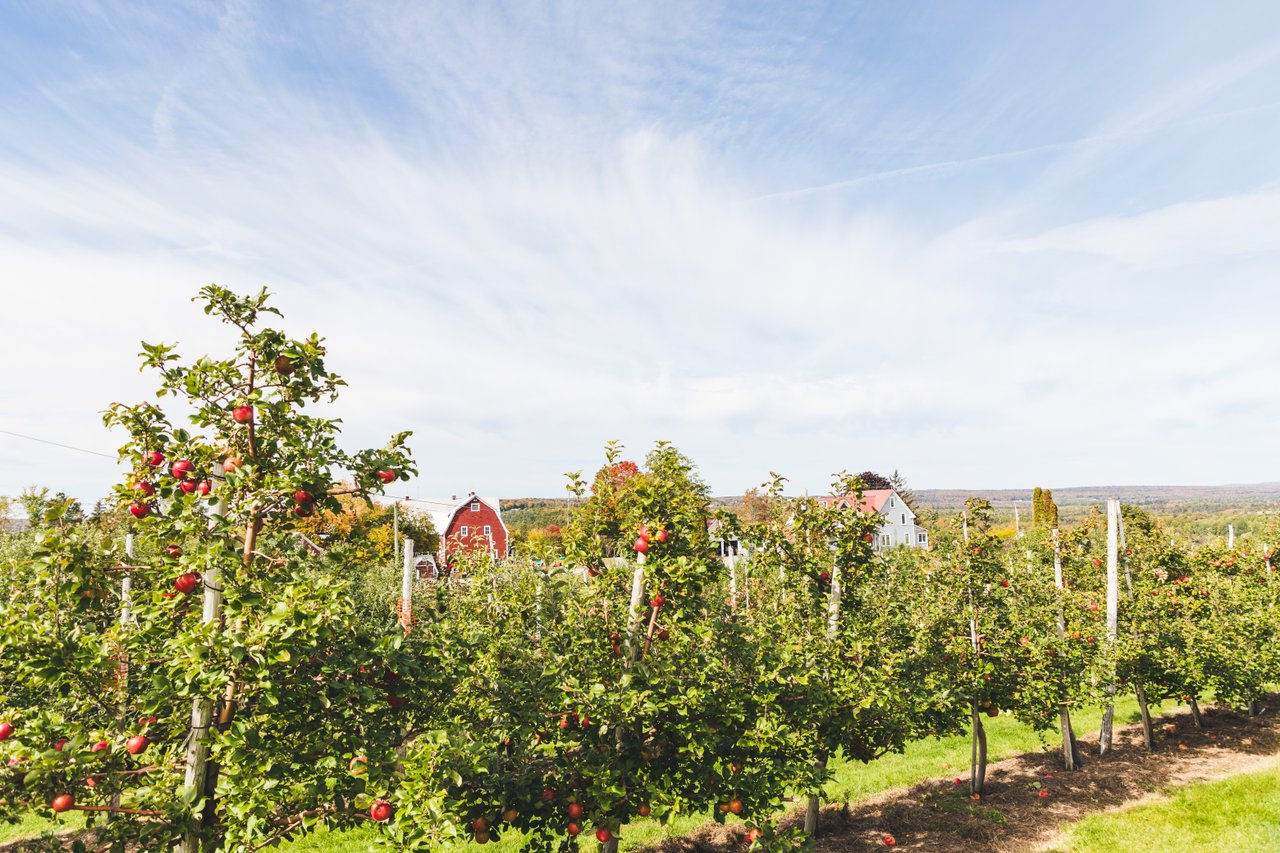
Agriculture and Forests in New Brunswick, Canada – Sustainability, Innovation, and Natural Abundance
🌾 Agriculture and Forests in New Brunswick, Canada: Sustaining Nature and Community
Nestled along the Atlantic coast, New Brunswick is a province defined by its lush forests, fertile valleys, and thriving agricultural communities. Agriculture and forestry play a vital role in the province’s economy, lifestyle, and identity — combining traditional practices with modern innovation to create a sustainable future for generations to come.
The Agricultural Heart of New Brunswick
Although only about 20% of New Brunswick’s land is suitable for farming and less than 6% is currently cultivated, agriculture remains one of the province’s foundational industries. The land may be rugged, but the people who work it have built a strong agricultural heritage rooted in hard work, family farms, and community spirit.
Potatoes: The Pride of New Brunswick
Potatoes are New Brunswick’s most iconic and valuable crop. The Upper St. John Valley, near the border with Maine, is the province’s agricultural heartland and one of the most productive potato-growing regions in all of Canada.
Here, rich soil, rolling hills, and a cool climate create ideal conditions for growing high-quality potatoes that are exported across Canada and internationally — particularly to the United States.
From table potatoes to seed varieties and processing-grade crops used in French fries and chips, New Brunswick’s potato industry is a major contributor to both provincial and national agricultural output.
Dairy, Eggs, and Poultry: Nourishing Communities
Following potatoes, the next most significant agricultural sectors in New Brunswick are dairy farming, egg production, and poultry. Together, these industries provide nearly half of the province’s farm income, with livestock representing 49% of total farm cash receipts, compared to 48% from crops.
The Moncton area and river valleys near the Bay of Fundy, particularly along the Petitcodiac and Saint John rivers, are well-known for their productive dairy farms. These fertile regions support lush pastures of hay and oats, which are cultivated to feed dairy herds throughout the province.
New Brunswick’s dairy products — milk, cheese, yogurt, and butter — are renowned for their freshness and quality, and many small family farms have been passed down through generations.
Fruit and Grain Production
In addition to potatoes and dairy, New Brunswick’s diverse agriculture includes grains, apples, blueberries, and strawberries.
- Apples are especially common near Fredericton and Saint John, where the mild climate and rolling hills provide excellent growing conditions.
- Grain crops (mainly oats and barley) are cultivated primarily to support the dairy and livestock sectors.
- Blueberries and strawberries, both wild and cultivated, are prized for their flavor and nutritional value — and are among the few products regularly exported outside the province.
Forests: The Green Backbone of New Brunswick
Beyond its farms and fields, New Brunswick is one of the most heavily forested provinces in Canada — with nearly 85% of its land area covered in forests. Forestry has long been a cornerstone of the provincial economy, supporting thousands of jobs in logging, pulp and paper, sawmilling, and wood processing industries.
The province’s forests are rich in spruce, fir, pine, birch, and maple, providing both economic and ecological benefits. Sustainable forestry practices have become a priority in recent decades, ensuring that the industry continues to thrive while protecting biodiversity and natural habitats.
New Brunswick’s commitment to forest management has made it a leader in renewable resource development and environmental stewardship, balancing economic growth with ecological preservation.
Sustainability and Innovation in Agriculture and Forestry
In the 21st century, New Brunswick’s agricultural and forestry sectors are embracing innovation, sustainability, and technology. Farmers and foresters are adopting new methods to improve soil health, reduce environmental impact, and strengthen local food systems.
Government programs, educational institutions like the University of New Brunswick and NBCC, and organizations such as Agriculture NB are working together to promote climate-smart practices, precision agriculture, and forest conservation.
Through community-based initiatives and partnerships, New Brunswick continues to demonstrate that economic progress and environmental protection can coexist in harmony.
Economic and Community Impact
Agriculture and forestry together form a cornerstone of New Brunswick’s rural economy. They support local jobs, sustain small businesses, and foster community connections that define the province’s way of life.
Many of the province’s rural towns and villages — from Grand Falls and Florenceville-Bristol (the “French Fry Capital of the World”) to Sussex and Moncton — owe their prosperity to farming and forest industries. These sectors also play a crucial role in attracting newcomers and international workers through immigration programs like the Atlantic Immigration Program (AIP), helping to sustain rural growth and innovation.
A Province Rooted in Nature
Whether you’re driving through the scenic Saint John River Valley or exploring the forested highlands of northern New Brunswick, the province’s landscapes tell a story of balance — between people and the land, progress and preservation, tradition and innovation.
New Brunswick’s agriculture and forests are not just industries; they are symbols of resilience, creativity, and connection to nature — shaping a sustainable future for Atlantic Canada.
Photo by lifeofashmac Ashley MacDonald
Location: Apple Orchard
